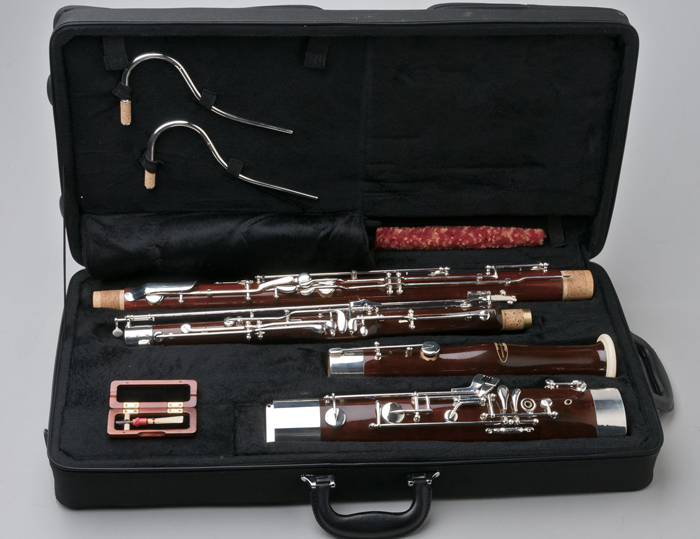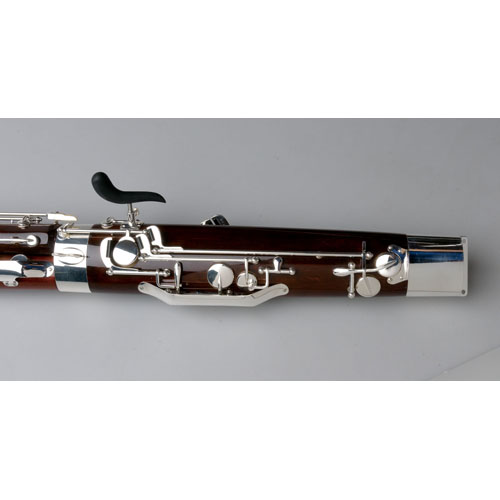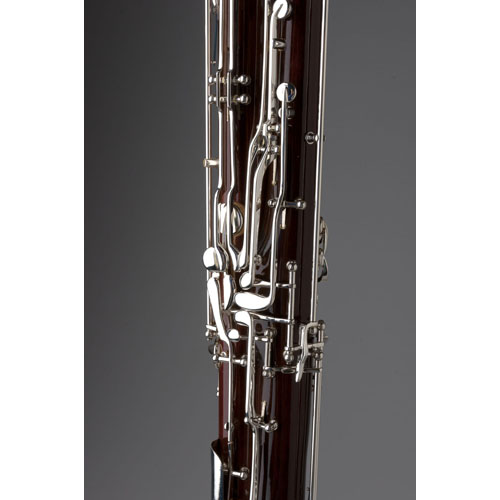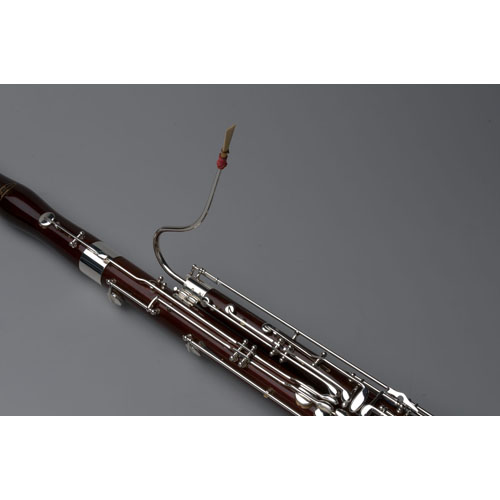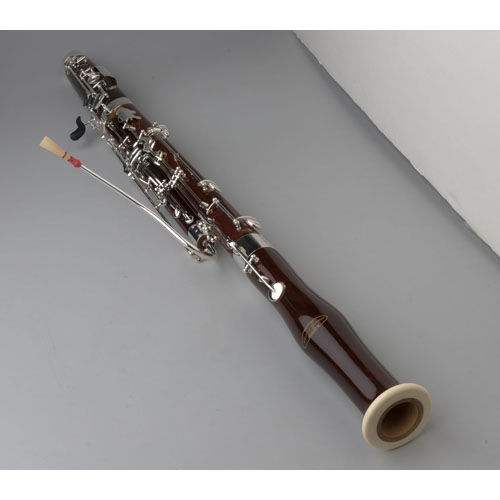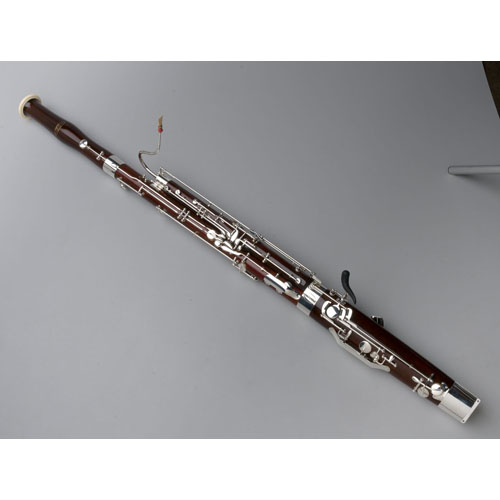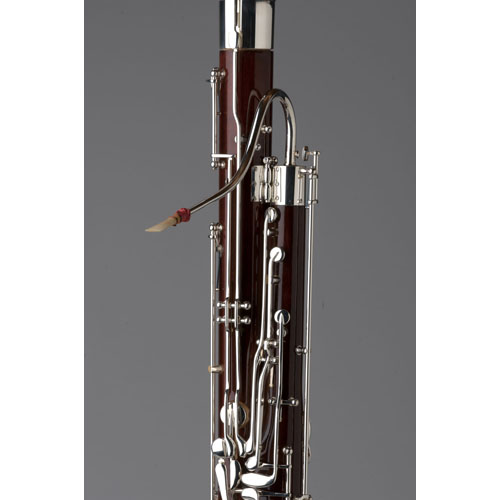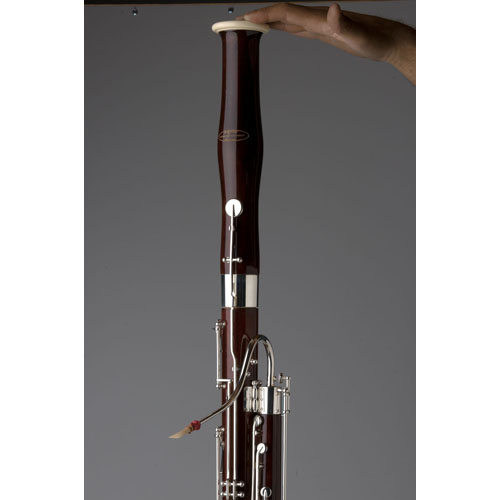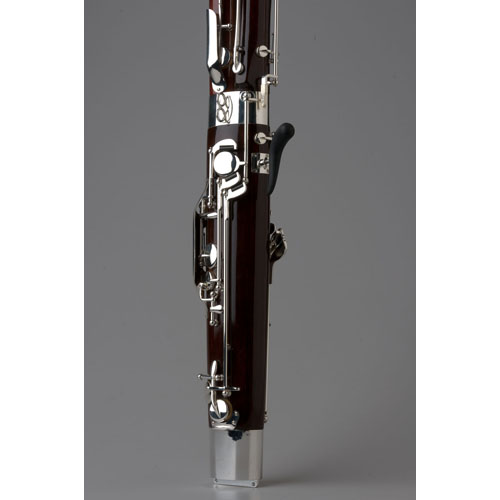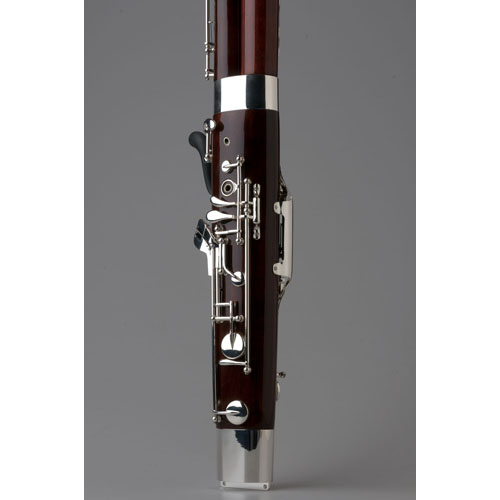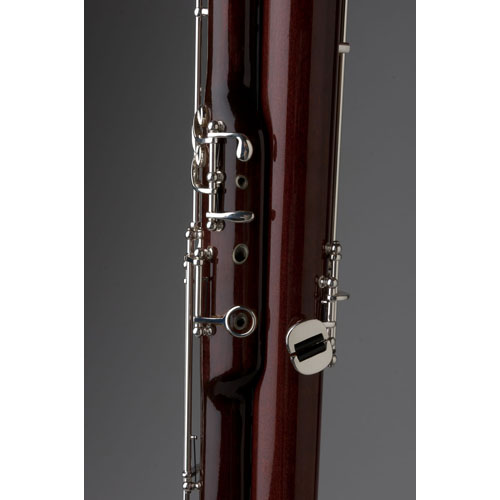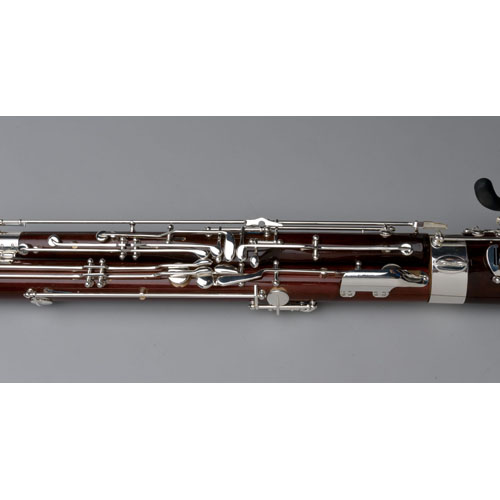Description
The Tempest Alpine Maple Bassoon brings out a tone that is very open, flexible and designed with the solo performer in mind. The red Alpine maple body of the Tempest bassoon offers the deep rich sound toward and the natural rubber lining of the wing and boot joints help prevent cracking. The mechanism of the Tempest boasts a full German system that is complete with high D and E keys. All of the Silver Plated keys and pads are hand-assembled on this maple bassoon for a tight and secure fit. It comes in a Fine plush-lined case with case cover, 2 bocals, reed, neck strap, hand crutch, drop swabs, and a seat strap. The Tempest bassoon comes with our 5-year warranty as well.
“The intonation is very even and controlled by the player, the response in the lower register is very comfortable, the low Bb was only problematic because of the strength of my reed, and it was only that I wanted to attack the Bb softly. That is a problem even on my Heckel and my Fox, so it is a very common…problem. I play a lot of 2nd bassoon and in chamber settings, so dynamics are crucial, maybe even exaggerated with me. The C#, middle register was not sharp, nor flat–unusual. My only problem is that is maybe to corrected on the bassoon, that note, plus the octave above is always a problem on any bassoon. The octave above, C#3, I usually recommend the full fingering. Your bassoon was to stabled for my liking. That is not a criticism, but a pat on the back to your bassoon expert, it is really locked in. The G’s, 1 & 2 were too just almost perfect in tune, but lifeless in the sense that on most bassoons, we have to add the Eb or C# key to stabilize the G’s, but not on your bassoon. That drove me crazy, for after 42 years of having to ALWAYS adjust those notes, I finally play a bassoon that you don’t have to. Now, I don’t know if when I say lifeless that it is, I had to adjust after being a creature of habit all these years. It would serve well in (the bassoon) in the music of Dvorak, especially his 8th Symphony, IV movement. After that, the response of the high register just floored me. The response, on a variety of reeds and bocals (Heckels CC, CD, 0, 1 & 2) and a Schrieber and Fox CVX2. I really thought I would get a cluttered effect by changing bocals, but not at all. The changing of reeds too did not effect the quick and accurate response of the high register, I did have to play differently with the high G’s G3 because of the intonation of the lower G’s. But, the high register was good, I did of course the Stravinsky Rite of Spring and other excerpts, no problem whatsoever. My colleagues tried this bassoon too, and we almost universally agree that it is a very EVEN bassoon, the intonation is good, the response is very good, and that the instrument blends very well with the ensembles. It is more than likely a much better 2nd bassoon for orchestra, but I wanted to try it with a larger ensemble, playing Saint-Saens and Beethoven and see if the responses are as predicted. The G’s in playing the 2nd movement of the Mozart Bassoon Concerto would just drive me nuts, but it is adjustable however. My colleagues are all members of the Mississippi Symphony Orchestra, as well as several regional orchestras throughout Mississippi, and they are instructors at several colleges and universities throughout. I think this is a phenomenal bassoon, good response, good intonation, full fingered which is a plus for beginning students, it would really help bassoon instructors teach and prepare our students for more challenges. This bassoon would be of top use at a school like Juilliard for instance, the students there used Amati’s for the most part when I was studying with Harold Goltzer years ago. Those bassoons did not have all the keys like your bassoon, so for marketing, it would serve itself well. I am generally very impressed with your instrument, its price and of course its appearance. My hats off to your expert bassoon artisan/repairman!!!!! ” — Dr. Darryl E. Harris, Sr., Professor of Bassoon

